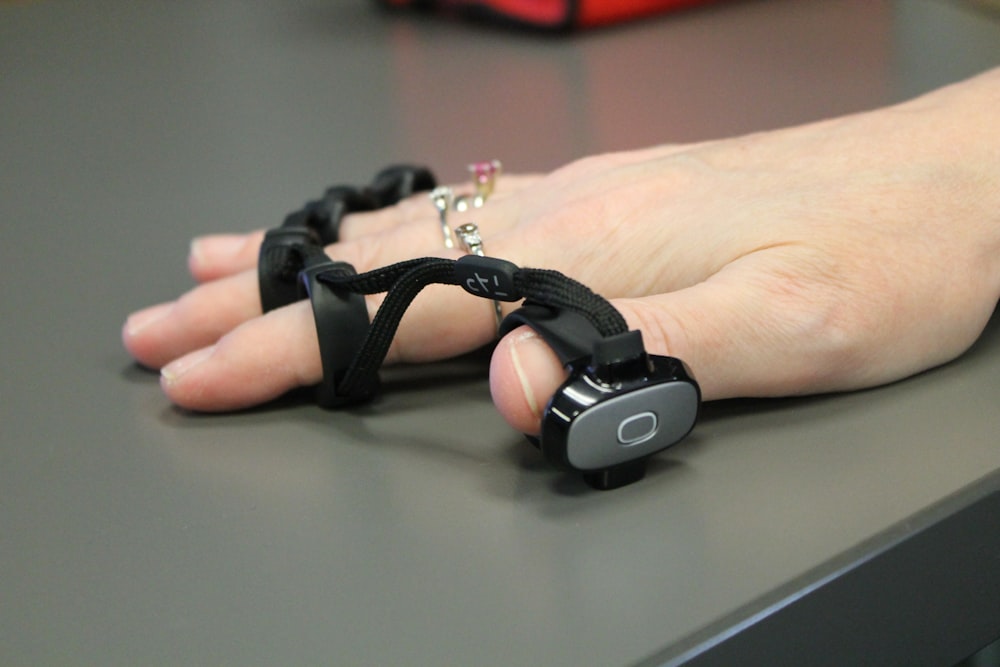31 The Accessibility Revolution: How Tech is Empowering Students with Disabilities
Source: https://unsplash.com/photos/boy-near-white-wooden-shelf-SBIak0pKUIE
In today’s world, technology is changing our lives. It’s making things easier for everyone, including students with disabilities. These students used to face many challenges in school, but technology is making education more accessible for them. In this blog post, we’ll see how technology creates a new world of possibilities for students with disabilities, helping them learn more independently and confidently.
Imagine a student who can’t see well. Reading books and materials used to be really hard. They needed special formats like braille or help from others. But now, technology has solutions like screen readers and text-to-speech software. These tools read digital content out loud, making it easy for students with visual impairments to learn. Technology, like scholarship essay from EssayPro, is breaking down barriers, giving all students, no matter their abilities, the chance to access knowledge easily.
Assistive Technology: Making a Big Difference
Assistive technology is leading the way in this accessibility revolution. It includes various devices, software, and tools designed to help people with disabilities. For students who can’t move easily, there are devices like sip-and-puff systems and speech recognition software. These tools help them use computers and communicate effectively. They don’t just help in class but also other activities, like research projects. Students with disabilities can be active participants thanks to technology.
Assistive technology isn’t limited to the classroom. Students with learning disabilities use speech-to-text software and electronic organizers to take notes and express their thoughts clearly. These tools level the playing field, allowing all students, no matter their abilities, to show what they know. It’s not just convenient; it’s a big change in how students with disabilities can be successful in their education.
Source: https://unsplash.com/photos/a-persons-hand-on-a-table-with-a-chain-attached-to-it-oRZJSFcFjNk
The Role of Teachers and Schools
Technology is important, but so are teachers and schools. They play a big part in creating an inclusive learning environment. Teachers need training to use assistive technology well and adjust their teaching for different students’ needs. Schools should invest in accessible infrastructure and materials to support students with disabilities.
Educational institutions have a responsibility to make education accessible to all students. With the right combination of technology, good teaching, and support, students with disabilities can thrive in their education. It’s a new world of possibilities, and technology is helping to make it happen.
Overcoming Challenges: Students with Disabilities
Students with disabilities face some challenges, but technology is helping them overcome these difficulties. One common problem is reading printed books, which can be hard for students with dyslexia or other reading issues. But now, digital books and e-readers can change the font and read the text aloud. This makes reading easier and more comfortable for these students.
Taking notes is another challenge. Writing by hand can be tough for students with motor problems. Luckily, there are apps and software that turn spoken words into text. This means students can join class discussions and take notes without having to write or type a lot.
Communication is important in school, but some students have trouble speaking. That’s where Augmentative and Alternative Communication (AAC) devices come in. These devices, like speech-generating devices and communication apps, help students express themselves. They can talk to teachers and classmates, which makes it easier for them to be part of the class.
Making Tech Work for Everyone
Technology is a big part of this accessibility revolution. But it’s not just about helping students with disabilities. It’s about making tech that works for everyone, no matter their abilities. When tech companies focus on this idea, it means their products are easy to use right from the start. This helps everyone, not just students with disabilities.
Technology is changing education in big ways. It’s helping students with disabilities learn more easily and confidently. But it’s also making education better for everyone, including this best essay writing service. It’s a win-win situation, and it’s exciting to see what the future holds.
Unlocking Potential: Inclusive Education
Inclusive education is a big part of the accessibility revolution. It’s not just about using technology; it’s about ensuring every student feels welcome and supported. Inclusive education says that having different students together is a good thing. It means we can learn from each other.
When teachers and schools use inclusive practices, they make a place where students with disabilities can do well in school and make friends. It’s not just about technology; it’s about making a community where everyone is happy to be themselves. Inclusive education helps not only students with disabilities but also their classmates. Everyone learns how to be kind, accept differences, and work together.
The Future: What Comes Next
We’ve progressed in the accessibility revolution, but there’s more to do. Technology keeps getting better, and that’s good news for students with disabilities. But teachers and schools need to keep learning, too. They should know how to use technology for inclusive education.
We also need to think about the digital divide. Not all students have the same access to technology. Some students can’t use it as much because they don’t have the right devices or internet. We need to ensure that every student, no matter where they come from, can use technology for their education.
Final Thoughts: Looking Ahead
In conclusion, the accessibility revolution driven by technology is reshaping the educational landscape for students with disabilities. With the help of assistive technology, inclusive design, and the dedication of educators and institutions, barriers are being torn down, and opportunities are expanding.
Students who once faced limitations in accessing information and participating fully in educational activities are now empowered to pursue their academic dreams with greater independence and confidence.
It’s essential to acknowledge the critical role that technology plays in this revolution. From screen readers and text-to-speech software to augmented reality and virtual reality experiences, technology is creating a more inclusive and enriching learning environment. Students with disabilities are no longer defined by their challenges but rather by their potential and abilities.


